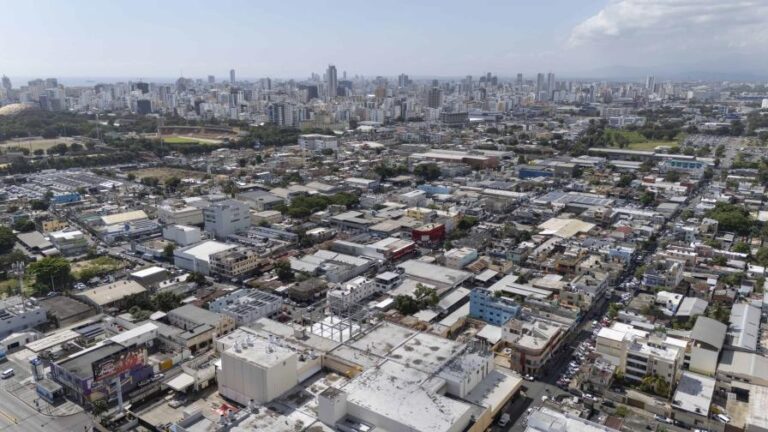When the reopening of the borders was authorized in July 2020, the tourist landscape was no longer the same and, although some of the characteristics remain, the profile of the tourist who now visits the Dominican Republic was transformed after the arrival of the pandemic of the COVID-19.
The typical visitor is still largely American, but now there are more Latinos arriving in the country. Boricuas, Spaniards, Colombians, and Venezuelans now join North American tourists as the largest visitors to the country.
The data handled by the Central Bank of the Dominican Republic as of July indicates that 70% of the visitors arriving in the country are from the United States and that 3% come from Puerto Rico, 2.91% from Spain, 2.8% from Venezuela, and 2.78% from Colombia.
Two years earlier, when tourism had not been subjected to the onslaught of the pandemic, the tourist was predominantly North American – both Americans and Canadians – but the rest were more European, between French and Russians. But COVID-19, between waves of infections, closures, and reopening, has left tourism in countries such as Canada and much of Europe intermittently, which is evident when changes in the profile of the visitor who comes to the Dominican Republic.
In a recent interview with Diario Libre, the Vice Minister of Tourism, Jacqueline Mora, pointed out that the change in the origin of tourists has a direct cause in the preventive closures of the countries to avoid the spread of the coronavirus, but also in a job that is It has done from the public sector and companies to attract visitors from nations that have not been predominant in tourism in the Dominican Republic.
They spend less, but they stay longer
Tourist spending after the pandemic has suffered, although visitors stay longer in the country. Official data say that the average daily expenditure of a tourist in the first quarter of this year fell by 3.8% compared to the record for the same period of 2019. From $ 138.05 each day that foreign visitors spent in that year, the amount was dropped to $ 132.83 a day between January and March 2021.
But while they spend less money in the country, they stay longer. The average stay of a tourist in the first quarter of this year was 9.28 nights, while two years ago it was 8.12 nights, according to official data.
More men, boys, and young people
The number of tourists over 50 years of age fell sharply once the borders were reopened in July of last year and have continued to do so this year.
Although the majority of foreign visitors are from the 21 to 35 age range, the upturn in the number of children and adolescents now visiting the island has been considerable. From representing 14% of the number of tourists who arrived in all of 2019, until July of this year those under 20 years of age already represent almost a quarter of visitors.
Another change during the pandemic has been the reason to visit the Dominican Republic. The data that the Central Bank manages indicates that fewer foreign tourists come for vacations and more to visit their friends or their partners.
This has led to another change in trend: where they stay. Although most visitors stay in hotels, that proportion is not so overwhelming.
The statistics published by the issuing institute indicate that while in 2019 92.93% of tourists stayed in hotels, two years later the percentage dropped to less than 75%. What was promoted was the stay in other types of establishments that are not detailed in the report.
Tourist projections in 2021
Projections suggest that the Dominican Republic will receive this year – if the COVID-19 situation does not worsen – 4,840,376 foreign tourists, according to the numbers estimated by the Ministry of Tourism. In the first eight months of the year, 2,938,200 visitors came to the country, according to official data.
In the year of the pre-pandemic, although it was not the best period for Dominican tourism, 6,446,036 visitors were received in the Dominican Republic. That year, the reputational crisis caused by the death of several American tourists reduced the number of visitors.
The number of tourists expected to receive this year is 25% below the number of visitors who arrived in the country in 2019. The hotel sector expects activity to normalize by 2022, provided that the COVID-19 pandemic does not get worse.
Source:
Diario Libre

